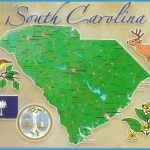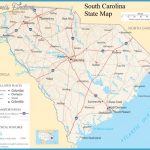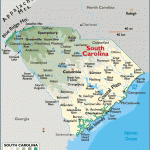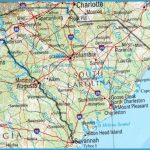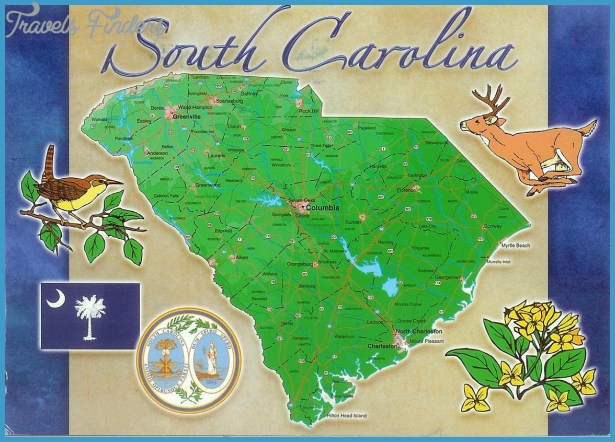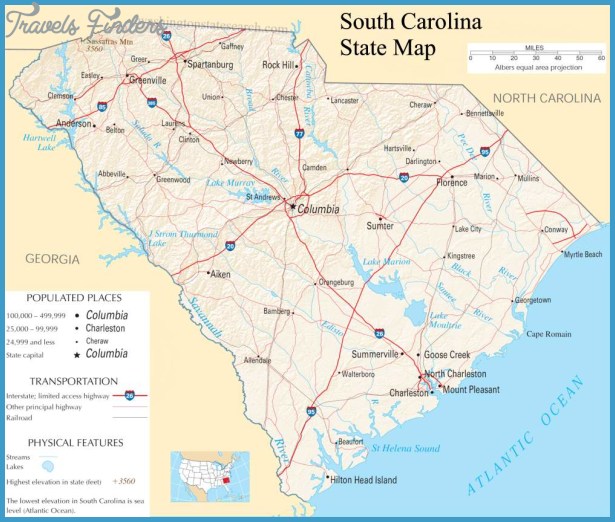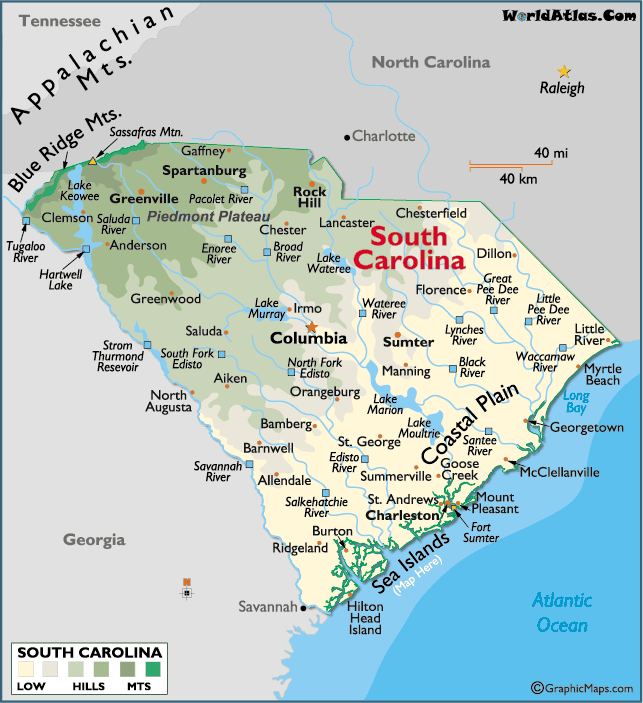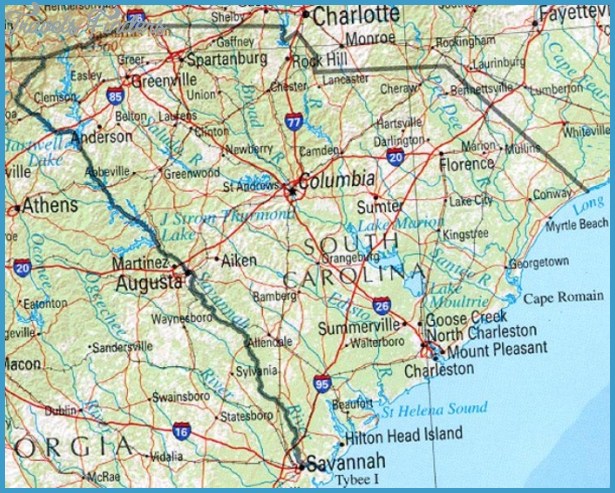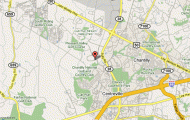South Carolina cultural contributions
Since the 1950s, those traveling along Interstate 95 have been exposed to what was, until recent years, one of South Carolina’s few symbols of so-called Latino culture in the state: a Mexican bandito who was part of a roadside attraction called South of the Border. The small amusement park is filled with unfortunate images of Mexicans (usually sleeping under sombreros) and includes misspelled English words as they may be spoken by someone with a Hispanic accent even on its Web site, http://www.pedroland.com. Since the 1990s, however, South Carolinians have been increasingly exposed to authentic Latino culture in various forms.
In the early twenty-first century, perhaps the most widely recognized element of Latino culture in South Carolina is food, which may now be tasted in a host of Mexican, Cuban, and Colombian restaurants across the state, even in small communities. The number of Mexican restaurants in South Carolina has grown exponentially in recent years, and these establishments now feature authentic Mexican dishes from various regions of the country. In Greenville, home to thousands of residents of Colombian origin, Colombian food shops are numerous, and a Colombian restaurant and bakery has opened as well. Cuban restaurants have also appeared in large cities as well as smaller cities, such as Aiken. Cities throughout South Carolina also include Mexican tiendas and bakeries, along with Mexican food stalls at flea markets. Latino food is also increasingly available outside ethnic restaurants and shops: most supermarkets in the state now stock Mexican food items, and the national chain restaurant Mo’s serves Mexican food that is more authentic than that of the older chain Taco Bell.
Latino music has become much more accessible since the 1990s as well. Radio stations featuring Mexican and Caribbean music are on the air in major cities, and dance clubs across the state attract musical groups like Los Tigres del Norte,
who play throughout the United States. Columbia,
Charleston, Greenville, and some other cities in the state boast Puerto Rican and Caribbean clubs, popular among middle-class Latinos who dance to salsa and other tropical rhythms, especially on weekends.
Spanish-language media also have become more commonplace in South Carolina in the last decade. In addition to establishing the largest English-language newspaper in the state in the late nineteenth century,

